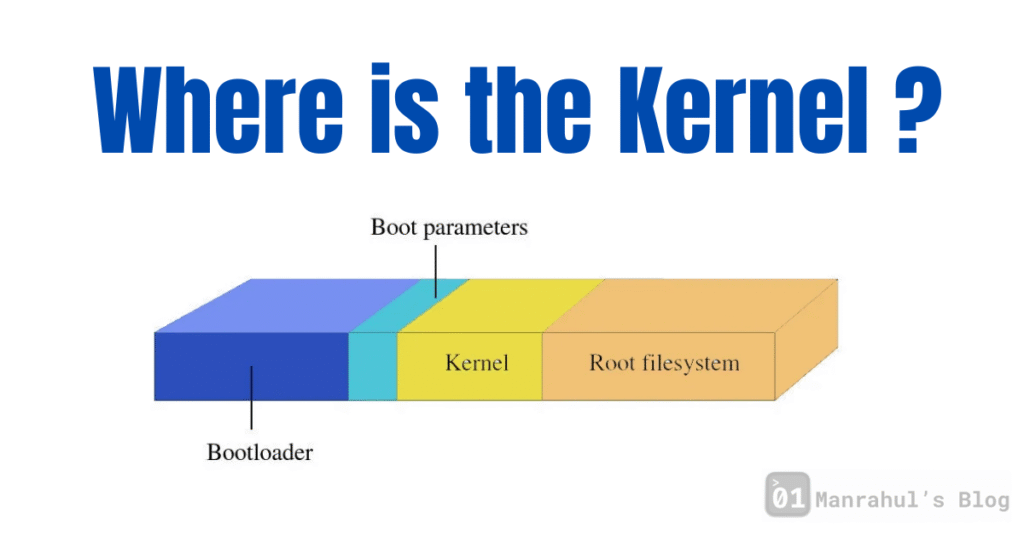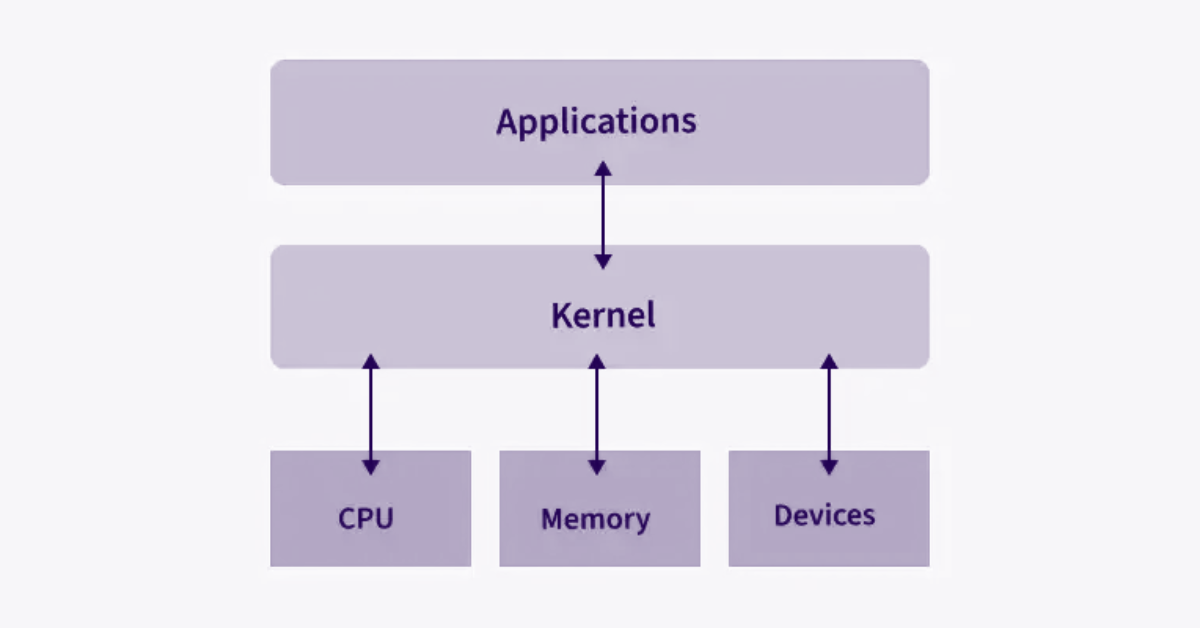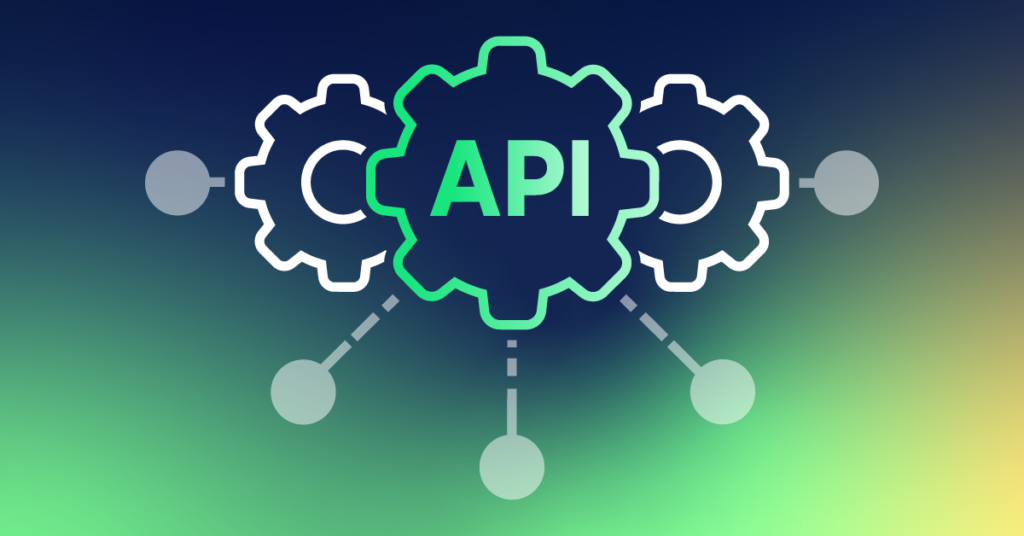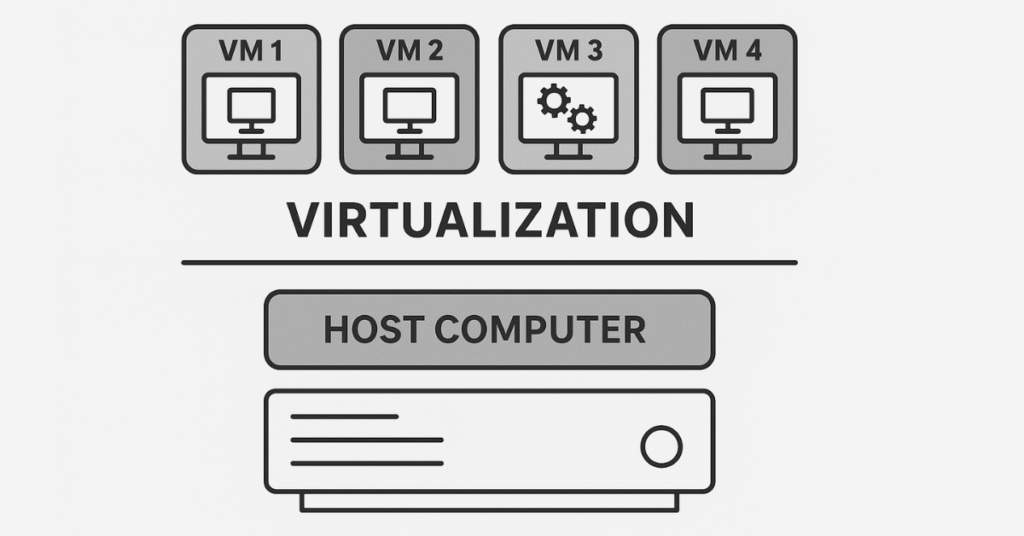Table of Contents
What If Your Computer Had a Brain?
Ever wondered how your computer knows what to do when you click something, open an app, or save a file?
It’s not magic — it’s the Kernel at work.
If your computer were a living being, the Kernel would be its brain and central nervous system. It’s not something most people see, but without it, your entire system would be a lifeless body — no control, no coordination.
Let’s break down what the kernel is, why it exists, how it works — in a way even kids or curious minds can grasp with ease.
What Exactly is a Kernel?
In the simplest words:
A kernel is the core part of any operating system.
It acts as a bridge between the software (apps you run) and the hardware (your computer’s physical parts).
Whether you’re running Linux, Windows, macOS, or Android — they all have a kernel.
Think of it like a super-intelligent middle manager. You (the user) don’t talk to the hardware directly. The software (apps) don’t either. Everything goes through the kernel, which translates human-friendly requests into hardware-friendly actions.
Why Does the Kernel Exist in the First Place?

Back in the early days of computing, programs had to speak directly to hardware.
But that was a problem:
- You had to write specific code for every type of hardware.
- If hardware changed, your app could break.
- Only one program could use a device at a time.
- There was no security, stability, or resource control.
Enter the Kernel:
The kernel was born to solve chaos — to standardize control, add safety, and allow multiple programs to use resources like memory, CPU, or disk without crashing each other.
The Kernel is Like an Air Traffic Controller
Imagine a busy airport. Planes (apps) want to take off and land. Runways (hardware) are limited.
The air traffic controller (kernel) decides:
- Who goes first.
- Who waits.
- Who uses which runway.
It does all this constantly and fast, ensuring no crashes and maximum efficiency.
Types of Kernels
Let’s not go too deep here, but for knowledge:
| Type of Kernel | What It Means |
|---|---|
| Monolithic | Everything runs in one big block (Linux) |
| Microkernel | Keeps only essential functions in the core |
| Hybrid | Mix of both (used in Windows/macOS) |
Most modern systems use some form of hybrid approach — a balance of performance and modularity.
What Does the Kernel Actually Do?
Here are the 5 big responsibilities of a Kernel:
1. Process Management
It decides:
- What program runs when.
- How long it runs.
- Which program gets CPU time.
It’s the reason you can open multiple apps at once.
2. Memory Management
The kernel ensures:
- Each program gets the memory it needs.
- No one crosses into another’s space (no data leaks).
- RAM is used efficiently.
This keeps your system stable and secure.
3. Device Management
The kernel handles your:
- Keyboard, mouse, monitor
- Printer, speakers, USB devices
It talks to device drivers and ensures your apps can use hardware without knowing the hardware’s language.
4. File System Management
When you open/save a file, the kernel:
- Knows where it is on disk
- Grants access
- Controls read/write permissions
This ties closely with Linux file permissions (You can check out our post: Linux Permissions – Explained Simply).
5. Security and Access Control
The kernel decides:
- Who can access what.
- What permissions each process/user has.
It’s a gatekeeper — ensuring no app can do shady stuff behind your back.
How It All Ties with Virtualization
If you read our Virtualization Blog, you know how we can run multiple “virtual computers” on a single machine.
What makes this possible?
The Kernel, or more specifically, a modified version of it (like in Hypervisors or container runtimes like Docker), helps manage resources between multiple systems running together.
Where is the Kernel on My Computer?
It’s not something you see directly, but it’s always there.
- On Linux, the kernel is often a file like
/boot/vmlinuz. - On Windows, it’s deep inside the system (like
ntoskrnl.exe). - On macOS, it’s part of a component called XNU.
Whenever you power on your computer — the kernel is the first thing that loads after your system’s bootloader.
How Kernels Got So Good
Originally, kernels were tiny, limited, and hardware-specific. Over the years:
- They became modular
- Gained support for networking, security layers, power management
- Became open-source (like Linux Kernel, one of the world’s most active open-source projects)
Today, kernels power everything from smartphones to satellites.
Why Should You Care?
If you’re a user — you don’t have to touch the kernel. But understanding it gives you deep appreciation for how operating systems work.
If you’re learning Linux or development, knowing how the kernel functions will:
- Help you debug better
- Understand performance issues
- Write more efficient code
And hey — if your system crashes or freezes, you’ll at least know who’s involved behind the scenes



